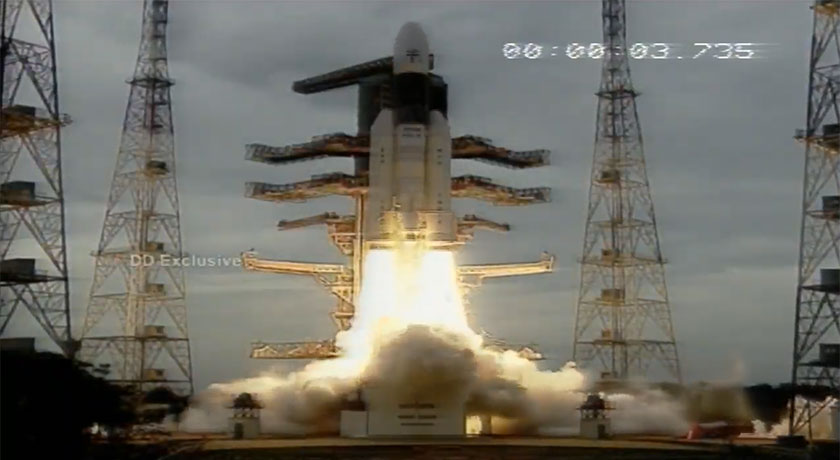India’s first lunar lander is on its way to the moon
Chandrayaan 2 mission’s rover will explore closer to the moon’s south pole than any other rover

UP AND AWAY The Chandrayaan 2 mission launches from India’s Satish Dhawan Space Center.
ISRO
Chandrayaan 2 mission’s rover will explore closer to the moon’s south pole than any other rover

UP AND AWAY The Chandrayaan 2 mission launches from India’s Satish Dhawan Space Center.
ISRO